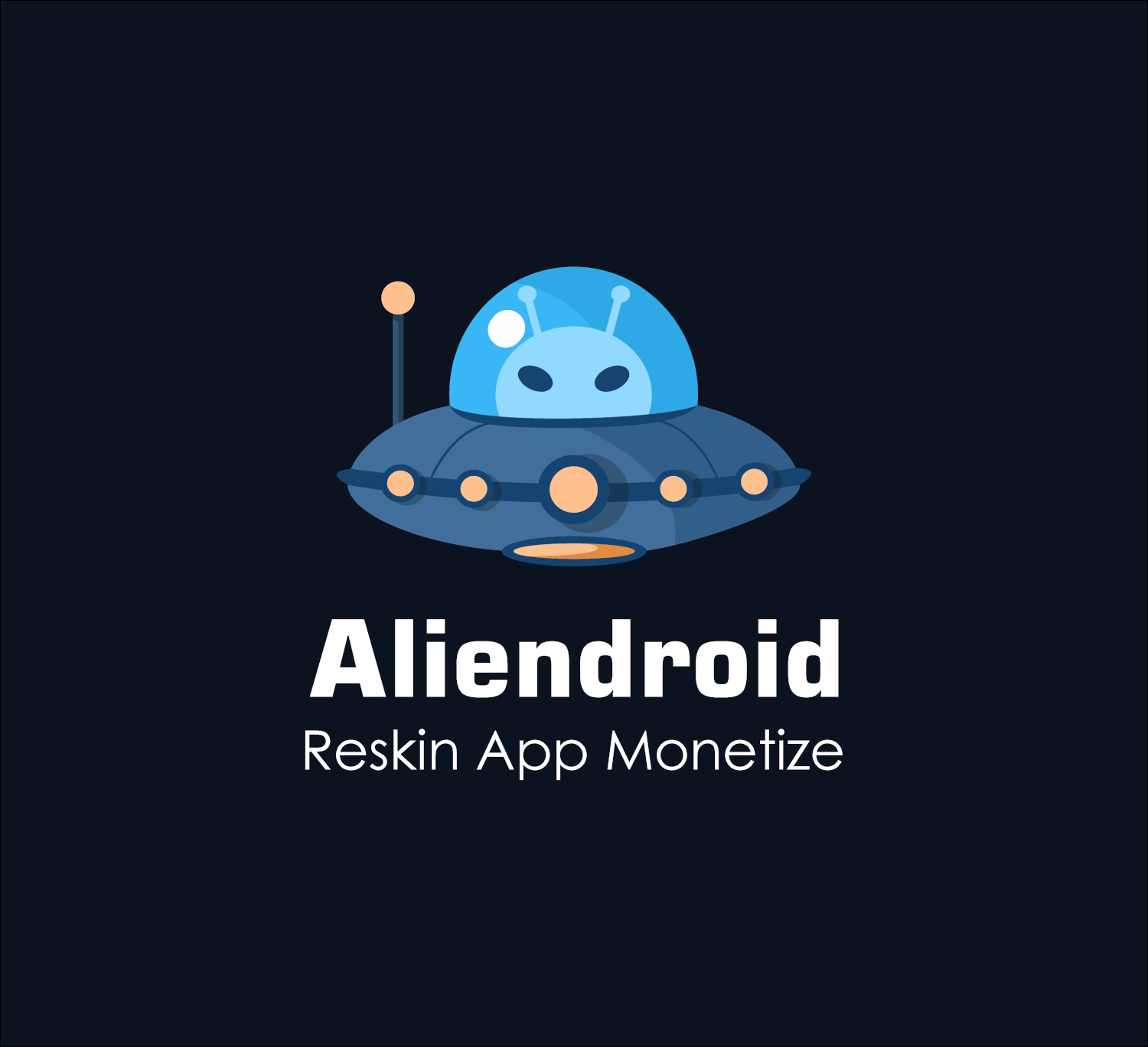Building Apps Without Coding: A Beginner's Guide to MIT App Inventor and Scratch

Creating mobile applications or digital projects used to require extensive programming knowledge, but platforms like MIT App Inventor and Scratch have made it possible for anyone to develop applications and interactive content without writing a single line of code. In this article, we’ll explore how you can build apps easily, understand the differences between MIT App Inventor and Scratch, and why these tools are great for beginners and non-programmers.
1. What is MIT App Inventor?
MIT App Inventor is an open-source web application that allows users to build fully functional mobile apps for Android devices using a drag-and-drop interface. Originally developed by Google, it is now maintained by the Massachusetts Institute of Technology (MIT).
MIT App Inventor uses visual programming blocks, meaning users can create apps by assembling pieces of logic, similar to putting together puzzle pieces. This method is perfect for beginners because it doesn’t require any coding skills, and users can see the results of their efforts almost immediately by testing their apps directly on their devices.
Features of MIT App Inventor:
- Drag-and-Drop Interface: You can design your app by dragging components like buttons, images, and text fields onto a virtual phone screen.
- Logic Blocks: The programming aspect is handled through visual logic blocks that snap together, eliminating the need to write complex code.
- Real-Time Testing: Apps can be tested in real-time on an Android device, allowing for instant feedback and adjustments.
2. What is Scratch?
Scratch, developed by the Lifelong Kindergarten Group at MIT, is another visual programming language aimed primarily at younger users or beginners interested in creating animations, games, and interactive stories. Unlike MIT App Inventor, which focuses on mobile app development, Scratch is designed for creating digital projects that run in web browsers.
Scratch also uses a block-based interface, where users can drag and drop visual code blocks to build programs. Each block performs a specific function, such as moving characters, playing sounds, or performing calculations.
Features of Scratch:
- Project-Based Learning: Scratch is designed to encourage creativity through building interactive projects, from games to animations.
- Educational Focus: It's ideal for teaching programming concepts, logic, and problem-solving to beginners.
- Cross-Platform: Scratch projects can be run in any web browser, making it highly accessible.
3. Key Differences Between MIT App Inventor and Scratch
While both MIT App Inventor and Scratch are designed for beginners and non-programmers, they cater to different needs.
- Purpose: MIT App Inventor is primarily for building Android apps, while Scratch is more focused on creating games, animations, and interactive stories.
- Platforms: MIT App Inventor apps run on Android devices, whereas Scratch projects are web-based and can be played on any device with a browser.
- Complexity: While both platforms are easy to use, MIT App Inventor offers more advanced features related to app development, such as databases and sensors, which Scratch doesn’t include.
4. Why Should You Use No-Coding Platforms?
For beginners, non-programmers, or educators, no-coding platforms like MIT App Inventor and Scratch offer several advantages:
- Easy to Learn: The drag-and-drop block-based system makes it simple for anyone to start building projects without the steep learning curve associated with traditional programming languages.
- Real-Time Results: Users can quickly see the results of their work, making the learning process more engaging and motivating.
- Creativity and Problem Solving: These platforms encourage creativity and logical thinking, allowing users to bring their ideas to life without worrying about syntax errors or complex algorithms.
- Educational Benefits: Both platforms are widely used in classrooms to teach computational thinking, coding fundamentals, and project-based learning.
5. Getting Started with MIT App Inventor
To get started with MIT App Inventor, follow these simple steps:
- Visit the Website: Go to MIT App Inventor and sign in using your Google account.
- Set Up Your Android Device: Install the MIT AI2 Companion app on your Android device to test your projects in real-time.
- Start a New Project: Begin by dragging UI components onto the design screen and using logic blocks to add functionality.
- Test and Improve: As you build, test your app on your device, and make improvements until you achieve your desired result.
6. Getting Started with Scratch
To begin creating with Scratch, follow these steps:
- Visit the Scratch Website: Head over to Scratch and create an account to save your projects.
- Explore the Interface: The Scratch interface consists of a stage (where your project runs), a sprite editor, and coding blocks that allow you to build logic.
- Build Your First Project: Drag sprites (characters), backgrounds, and coding blocks to create your interactive story, animation, or game.
- Share with the Community: Once finished, you can publish your project on the Scratch website and share it with others.
7. Conclusion: Which One is Right for You?
Choosing between MIT App Inventor and Scratch depends on what you want to create. If you are interested in building mobile apps for Android devices, MIT App Inventor is the way to go. On the other hand, if you want to create web-based games, animations, or interactive stories, Scratch is the ideal platform.
Both platforms offer a unique opportunity for beginners to get involved in programming without the steep learning curve of traditional coding. They’re easy to use, powerful, and a great way to turn your ideas into reality.
 English
English Bahasa
Bahasa






